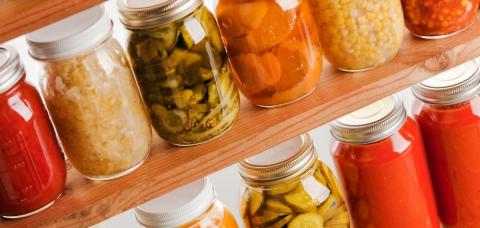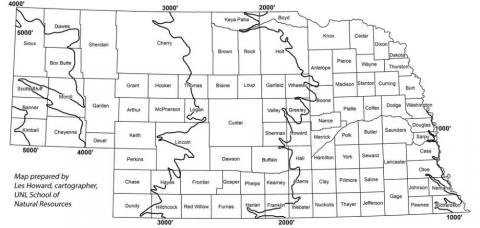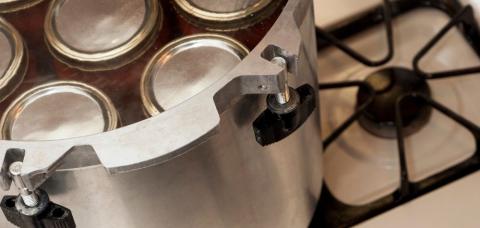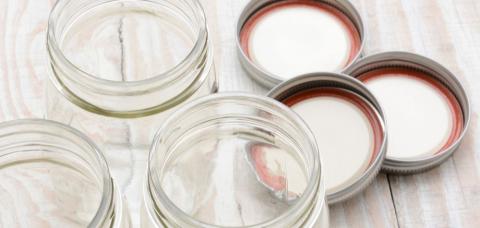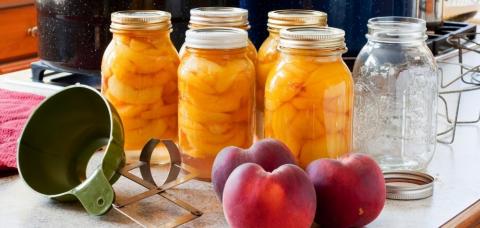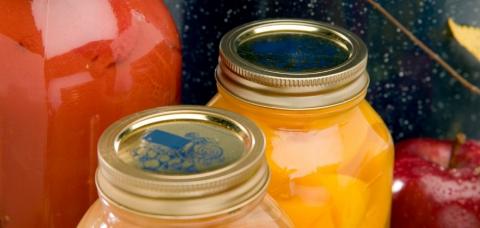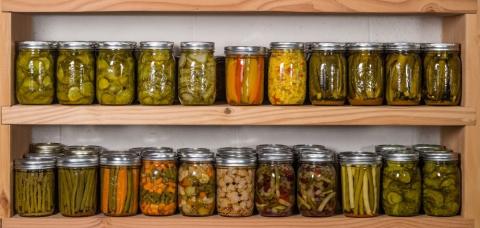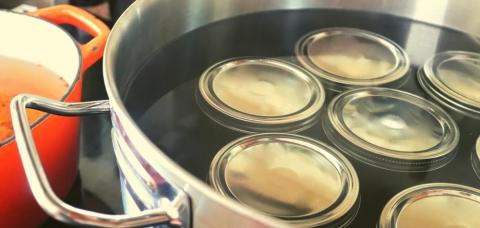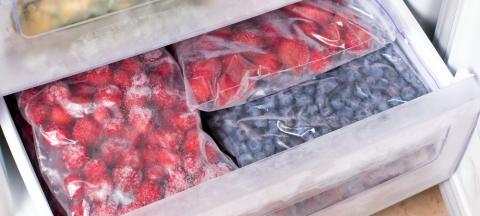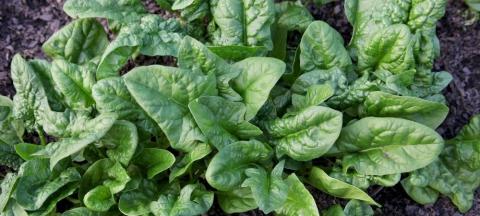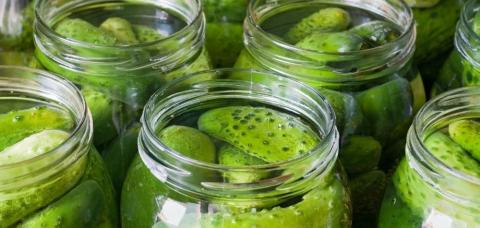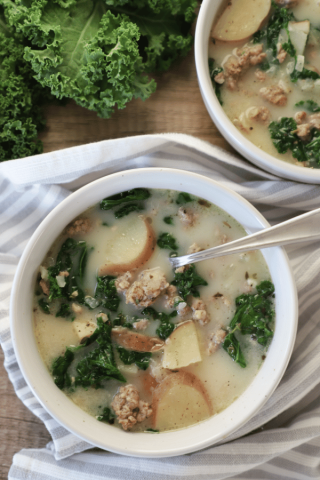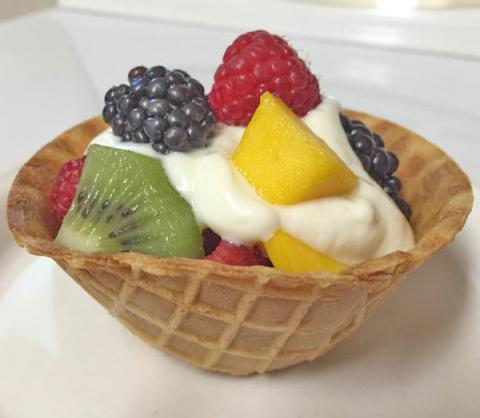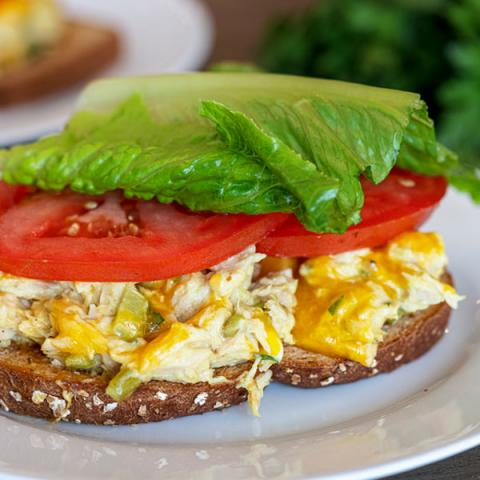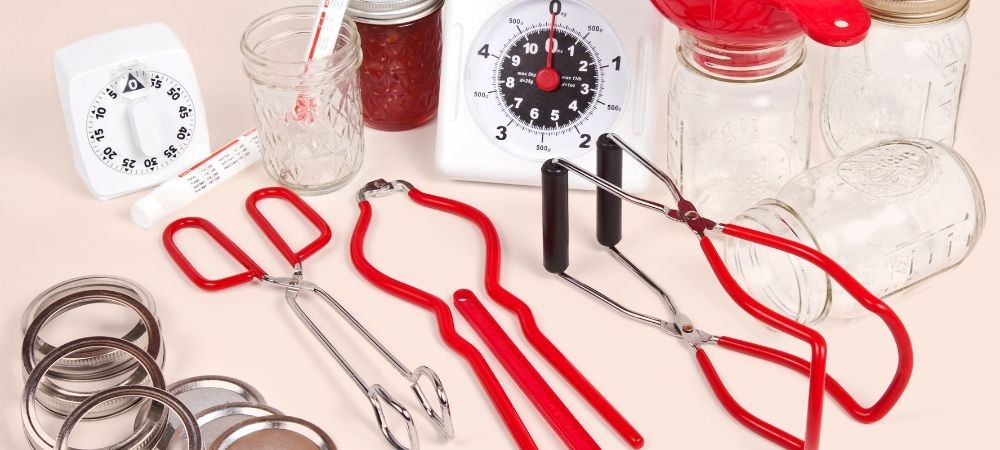
Canning can be a safe and economical way to preserve quality food at home. Home preserved foods can help provide a variety of nutritious meals all year long.
How Canning Preserves Foods
The high moisture content of most fresh foods makes them very perishable. Foods spoil or lose their quality for several reasons:
- growth of undesirable microorganisms - bacteria, molds, and yeasts
- activity of food enzymes
- reactions with oxygen
- moisture loss
Proper canning practices will remove oxygen, destroy enzymes, prevent the growth of undesirable bacteria, yeasts, and molds, and help form a high vacuum in jars.
Interested in learning more about home canning? Here are a variety of important information for those new to canning or those needing a quick refresher:
Sources:
Canning Terms: Packing and Processing, Penn State Extension
Dr. Barbara Ingham, Professor, Food Safety Specialist, University of Wisconsin-Madison, Guidelines for using a Steam Canner for Home Food Preservation
National Center for Home Food Preservation, University of Georgia Extension
USDA Complete Guide to Home Canning, National Center for Home Preservation
Publication originally written by Julie Albrecht. Updated and reviewed by Carol Larvick in 2021.
Tags:
Feedback Form
Feedback Form
If you do not see the article, please scroll up the page.
